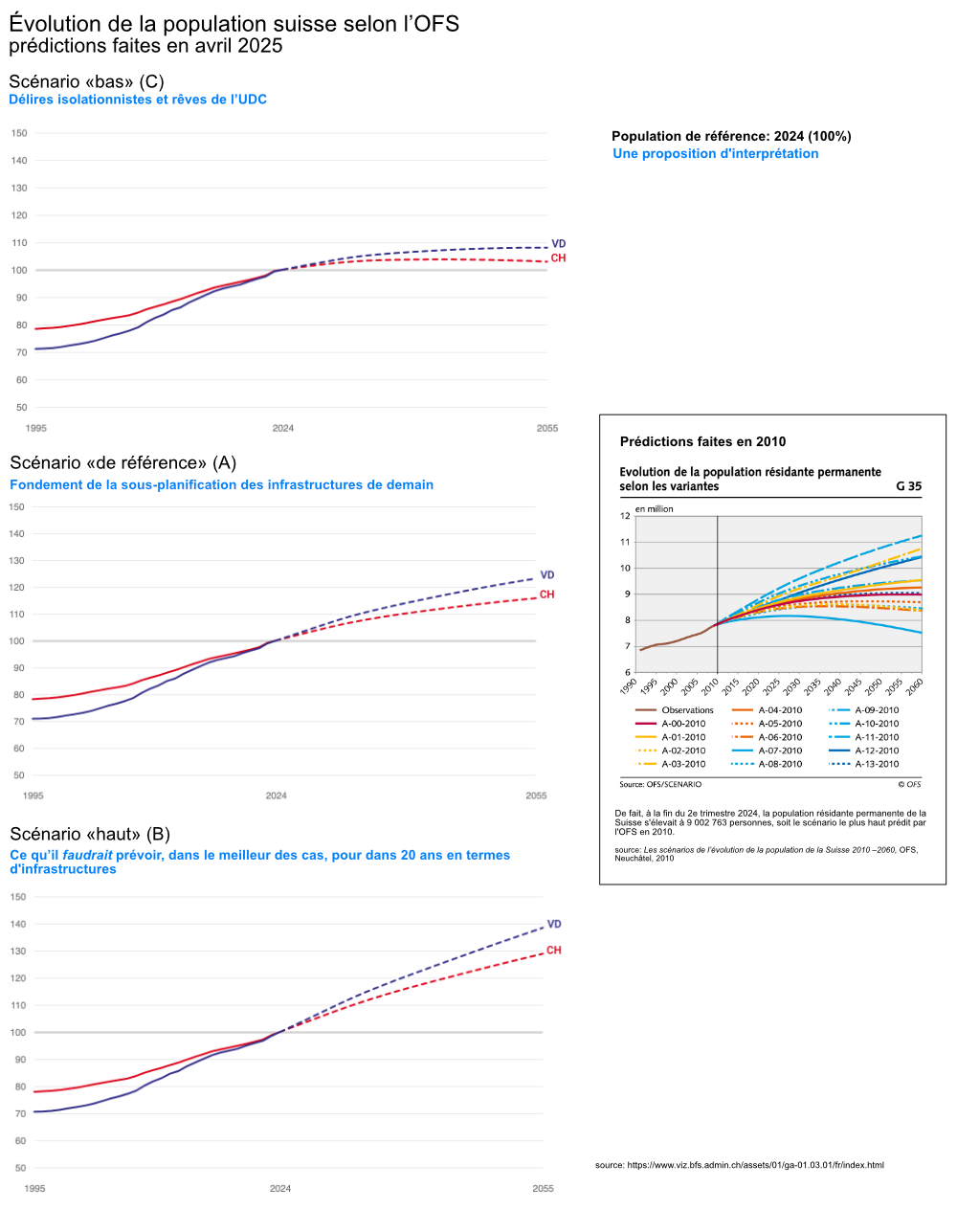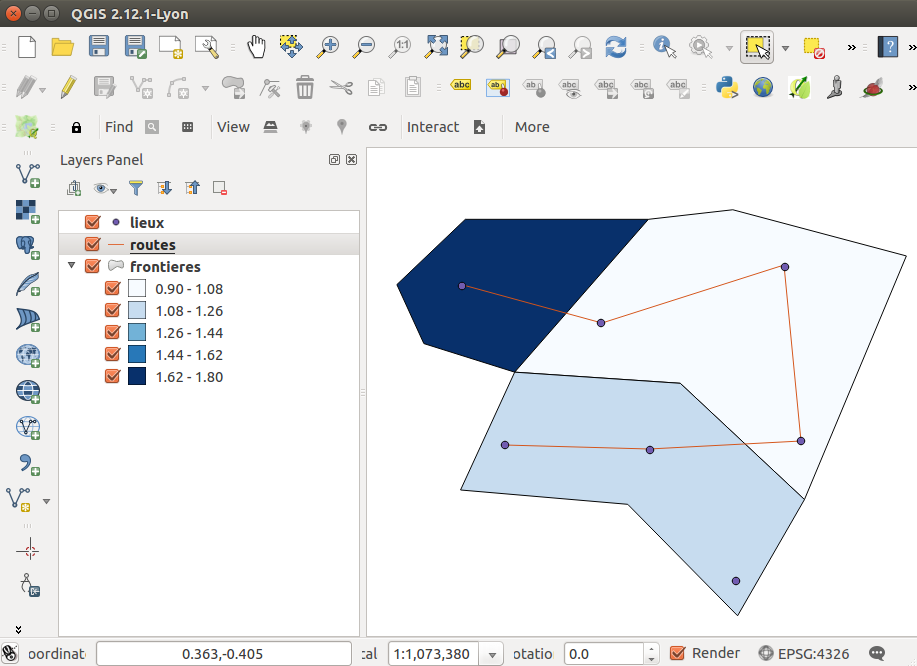Une étude de terrain en sciences humaines génère souvent une grande quantité de fichiers audio qu’il faut transcrire dans votre travail de recherche. Une transcription vous permettra aussi d’exploiter vos textes à l’aide d’algorithmes de text mining.
Les tâches de transcription se laissent automatiser grâce l’intelligence artificielle et ce tutoriel propose quelques pistes.
Solutions open source
Type de solution fortement recommandée. Avec […] Continue Reading…









